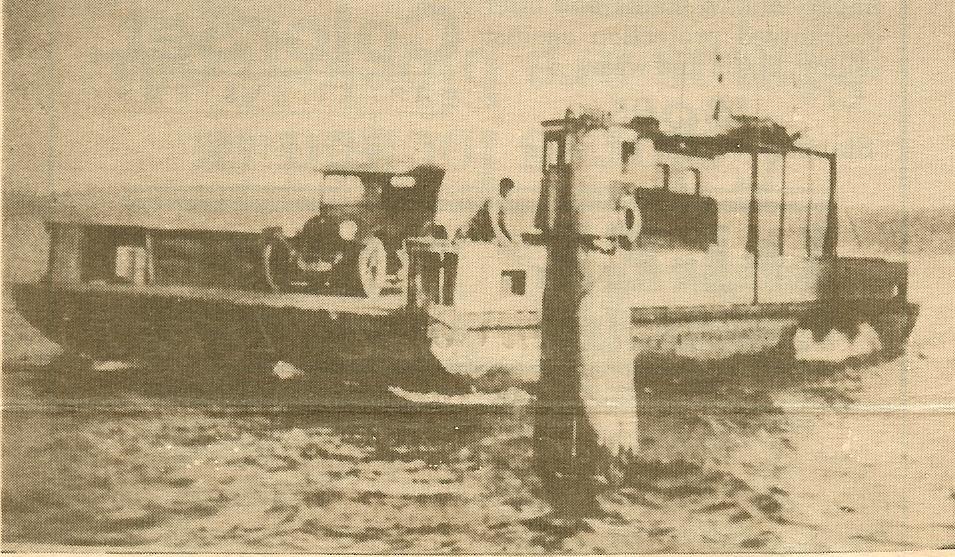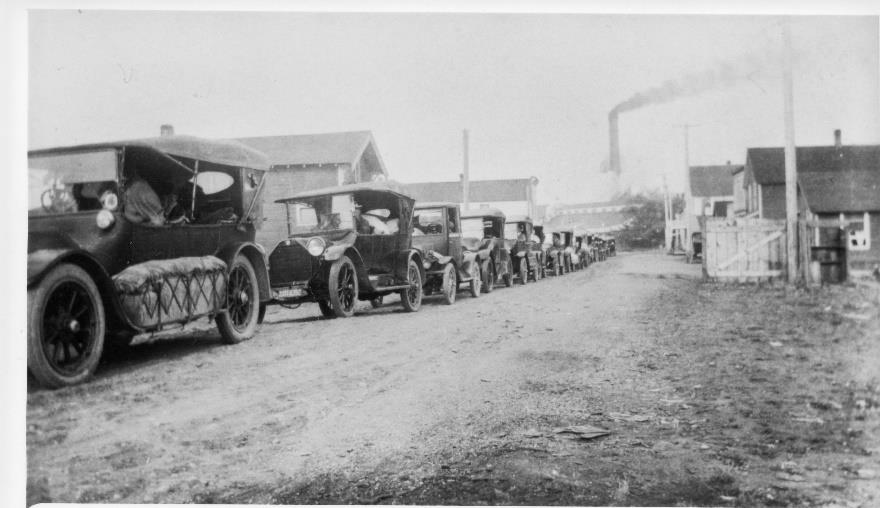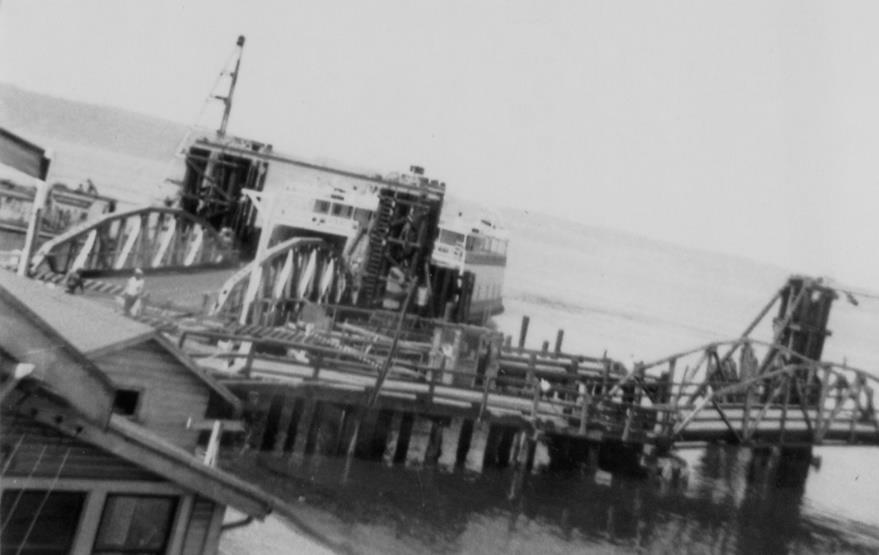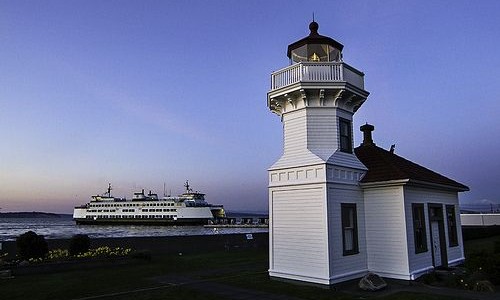By Peter Anderson, Director, Mukilteo Historical Society
Note: Portions of this article extracted from a “Scenes from the Past” article by Opal McConnell previously published in the Rosehill News
Did you know that:
- Regular Mukilteo-Clinton passenger ferry service began in 1911?
- Car ferry service started in 1919?
- The ferry dock was once at the foot of Park Avenue?
- Before the viaduct over the railroad tracks was built, cars waiting for the ferry lined up from Park Avenue along Front Street?
- The current ferry dock was last updated in the 1980s?
- The Mukilteo-Clinton ferry carries more vehicle traffic than any other in the state?
- The new multimodal terminal is scheduled to open in late 2019?
- Washington State Ferries is the largest ferry system in the United States?

Mukilteo Historical Society archives contain a newspaper article with the above picture of the first car ferry and a letter from the widow of the first man to drive his car and family aboard. In her 1967 letter to the Mukilteo Historical Society, Mrs. Frank Hatten describes how she, her husband, and their three children drove their touring car on July 19, 1919, onto the maiden voyage of the first car ferry from Mukilteo to Whidbey Island. She recalls the ferry skipper telling her husband that this was the first trip across, and asking if he had any doubts of safety for his family, to look things over and decide for himself. In the skipper’s own words: “You’re on your own.” Mr. Hatten thought for a second and said, “It looks good enough for me”, and turning to wife, said “It costs a lot of money to go into a venture like this, and they don’t look like playboys to me.” After understanding the risks, the Hatten family drove the first car aboard the ferry and enjoyed a safe crossing on a beautiful day.
One of Mukilteo historian Opal McConnell’s articles, “Scenes from the Past”, published in the Rosehill News, mentioned the dock at the end of Park Avenue. It was very important in the early days of the first settlement recorded by J. D. Fowler. It was to this dock that boats would bring mail and supplies for his trading post. Passengers would also be transported to and from Mukilteo, boats and canoes being the primary means of transportation. In later years, the Mukilteo high school students would go to this dock to take one of the small boats, The Island Flyer, or the Norene to Everett where they attended High School.

Before the Speedway viaduct over the railroad tracks was built in 1941, car ferry traffic crossed the tracks at Park Avenue and lined up along Front Street waiting for the ferry.

The Mukilteo ferries operated for many years under the Black Ball Line of the Puget Sound Navigation Company. Financial difficulties led PSNC to sell its domestic operations assets to the state of Washington’s Department of Transportation for the sum of $4.9 million in early 1951. This created the Washington State Ferries (WSF) in May of that year. It began with an eclectic mix of vessel types and WSF has since systematically modernized its fleet. It currently operates 22 ferries on 10 routes in and around Puget Sound. The largest vessels in the fleet carry up to 2500 passengers and 202 vehicles. WSF is the largest ferry system in the United States and the fourth largest in the world.

The Mukilteo ferry dock underwent a significant reconstruction in 1952, with a new trestle built next to the old one, and further modernization was done in the 1980s. The current ferry terminal was not built to withstand earthquakes, and the layout makes it difficult for passengers to enter and leave the terminal, so WSF has embarked on a $139 million project to build a new multimodal terminal facility on the former tank farm site about one-third mile to the northeast of the existing terminal. This new facility is expected to open in late 2019, with the existing terminal removed in early 2020.
Originally published in the 6/6/2018 issue of the Mukilteo Beacon.
